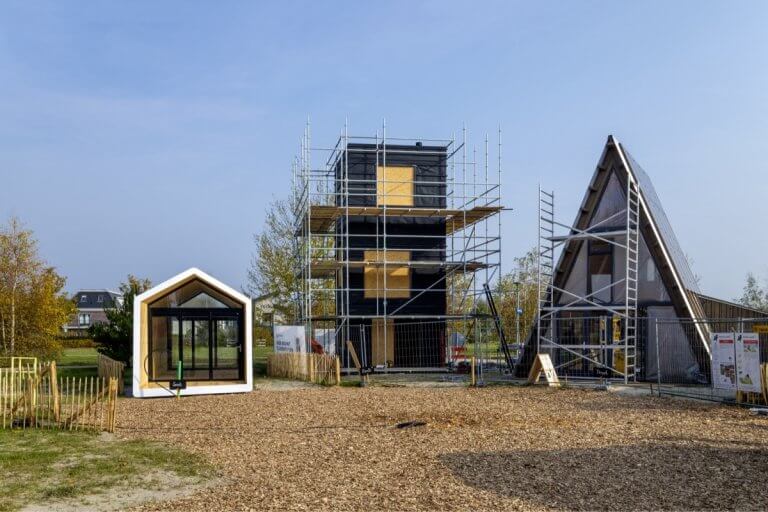
The tiny house movement is an architectural phenomenon and progressive trend that has grown in popularity these past few years.
Described by PhD Candidate in Environmental Planning and Design Maria Saxton as, “Livable dwelling units that typically measure under 400 square feet,” many people believe these houses are great for the planet.
Yet, as Saxton notes, “It may seem intuitively obvious that downsizing to a tiny home would reduce one’s environmental impact, since it means occupying a much smaller space and consuming fewer resources. But little research has been done to actually measure how people’s environmental behaviours change when they make this drastic move.”
However, students who opt for tiny houses may not be doing so for environmental reasons. Instead, they may be trying to cut down on extortionate rental prices and financial consumption.

What are the benefits of the tiny house movement? Source: Sylvia Tittel/Unsplash
So, if all student accommodation providers around the world started to embrace the tiny house trend, what would international students receive for their overseas accommodation budget?
Solo simplicity
If you haven’t already, you should really check out the story of David, a CU college student and future astronomy teacher.
Despite being evicted from his tiny house due to the City of Boulder not having the appropriate legal codes regarding tiny houses or other non-traditional housing methods, David is now settling back in while the city works towards a “tiny house on wheels zoning ordinance”.
As you can see from his ‘Tiny Tour’, David has designed a suitable and enjoyable living space to stay in while earning his degree.
Noted in this blog, “David built a charming and super functional tiny house on wheels, as a way to embrace simple, sustainable living. Another big motivation for his tiny house was to create his own affordable student housing. CU only offers student housing for freshman and foreign exchange students. Housing in Boulder is extremely expensive and in short supply. Many CU students end up living in overcrowded houses.”
Offering students solo simplicity, tiny houses are teaching people how to live a sustainable lifestyle.
Decreased maintenance bills
The tiny house structures are often less than 1,000 square feet (93 m2) in size and know how to keep the inhabitants efficiently heated.
According to The Tiny Life, in the US, “a completed tiny house will cost the builder between $20,000 and $60,000 to build, with that in mind you’re going to typically see a monthly rent payment between $120 per month up to $460 per month depending on terms and cost of the house.”
With student housing rental prices soaring across the world, and many students living on an increasingly tight budget, this could be a viable solution to the accommodation crisis.
A unique university experience
Imagine doing something totally different to your university peers and choosing to live in a tiny house.
Despite being smaller than the average student dwelling, you might enjoy living in a space that’s far away from housemate bickering and late-night party goers.
A tiny house may suit older students who want a little peace and quiet at the end of a hectic day.
If you’re keen to take part in the tiny house movement, what’s stopping you from renting one or putting the idea forward to the student council?
Who knows, in the future you could even build your own!
How about challenging your students to “repurpose” a school bus into a #TinyHouse…what would they come up with?
Check out https://t.co/I9ySlb0PG7 for a real story of real #designthinking pic.twitter.com/nRxFpoeRtR— dailySTEM (@dailystem) January 4, 2019
Liked this? Then you’ll love…
5 homeware discounts to help students restyle their accommodation
5 vacant buildings that were transformed into student accommodation







